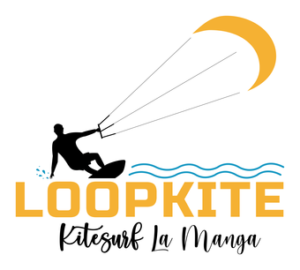In the 1800s, George Pocock used kites of increased size to propel carts on land and ships on the water, using a four-line control system, the same system in common use today. Both carts and boats were able to turn and sail upwind.
The kites could be flown for sustained periods.
The intention was to establish kitepower as an alternative to horsepower, partly to avoid the hated “horse tax” that was levied at that time.
In 1903, aviation pioneer Samuel Cody developed “man-lifting kites” and succeeded in crossing the English Channel in a small collapsible canvas boat powered by a kite.
In the late 1970s, the development of Kevlar then Spectra flying lines and more controllable kites with improved efficiency contributed to practical kite traction.
In 1978, Ian Day’s “FlexiFoil” kite-powered Tornado catamaran exceeded 40 km/h.
In October 1977 Gijsbertus Adrianus Panhuise (Netherlands) received the first patent for KiteSurfing.
The patent covers, specifically, a water sport using a floating board of a surf board type where a pilot standing up on it is pulled by a wind catching device of a parachute type tied to his harness on a trapeze type belt.
Although this patent did not result in any commercial interest, Gijsbertus Adrianus Panhuise could be considered as the originator of KiteSurfing.






 English
English Español
Español